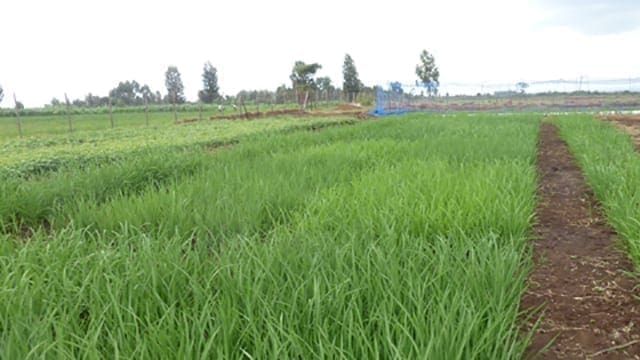Martin Schlauri is well known around the World for his dedication to promoting the growth of knowledge in the milling industry. He was previously responsible for Bühler’s Grain Milling Training Centre and later the worldwide milling activities of the company.
Tell us about the award and its importance
The Award from the Flour World Museum in Wittenburg, Germany is awarded to people to honor them for their contribution to the milling sector. It came as a surprise, but I am glad that I was inducted to the Milling Hall of Fame.
The sculpture of the Award is a man balancing on top of the millstone. How does that remind you of the balance that millers have to make every day in their mill?
The statue has two symbols that gives two messages. First there is the millstone, it is an old symbol that keeps the message of a solid craftsmanship. This means that even though millstones were replaced by new technologies, the art of milling still requires one to have the technical know-how. Then there is the man in motion; this represents the people behind the mills – the owners and the people constantly involved in milling. It is crucial to note that as much as the mills do the work, people are also constantly in the move to ensure that the process goes on smoothly.
You received the Award on World Flour Day. What is the significance of this day?
If we look at it from a broader perspective, the World Flour Day has two functions: one is to introduce the topic of flour to the people and two, to bring the role of millers into the light, to have them recognized. If we dedicate a day to flour, people start thinking about flour and as we all know, flour is the base for many staple foods including pasta, pastries, bread and snacks too.
It is a new initiative, but I believe that with media campaigns, this day will be made more known to the people and will become more relevant. On this day, we would also want people to perhaps start thinking of the people who make their flour products in the mills across the World.
African Millers have similar challenges as other millers in other parts of the world, the biggest issue being inconsistency in the raw material of say, maize or wheat.
What are some of the key challenges facing the milling sector in Africa and how can they adopt new technologies and ideas?
African millers have similar challenges as millers in other parts of the world, the biggest issue being inconsistency in the raw material, say, maize or wheat. It is sometimes a challenge to get the right grain for the specific applications all over the world. Another challenge when it comes to the grain sector in Africa is that of pest control post-harvest, which results to great losses. Furthermore, qualified staff is the base for keeping a milling plant at ultimate efficiency and operational excellence. It needs the commitment and foresight of the company’s management and owners to develop skills on all the levels in their operation.
On the other side, the market growth and demand for new end-products are great opportunities for mills in the Middle East and Africa. Upgrading the milling operations with the latest technologies do not only give the milling companies the chance to participate as the market grows but enables them to benefit from the higher plant efficiencies and cost savings, such as through lower energy consumption.
What is the opportunity around traditional grains in Africa?
Traditional grains and foods are very important since people have gotten used to them over generations. Grains such as millet and sorghum should be part of the diet and nations should encourage their consumption and support their processing.
The major issue around these grains is building up efficiencies in the processing of such and creating the whole value chain to grow and source such grains.
What are the opportunities and challenges around the animal feed industry in Africa?
Animal feed millers encounter two main challenges; one is access to abundant and quality raw materials. They obviously purchase huge volumes of raw materials – be it soya, maize, barley or whatever. The millers often need to make their composites from say, Brazil and other countries out of the continent, and thus the issue of carbon footprint becomes a big problem. Local production of these raw materials needs to be scaled up. Farmers and feed millers need to sit down and have these discussions and I am sure this will generate new businesses and opportunities.

The other issue is that of efficiency: for animal feeds, the mix must be accurate, and the ratios must be correct, otherwise there will be a lot of wastage of the raw materials. We need more insights on the nutrition of the animals here in Africa to get some of these things right.
What is the parting shot you would like to share with our readers in Africa and beyond?
I have two messages. First, millers around the world are doing an excellent job but sometimes this work is not recognized by the population.
Consumers do not really get to know the industry behind the flour, and I think we as millers should better our communication and interactions with our consumers. We need to let them see what we are doing behind the four walls of our factories and assure them of the safety of our flour products. Secondly, skill development is very key for the growth of this sector; we, therefore, need to build up the technical know-how in Africa and all over the World.
This feature appeared in the May/June 2021 issue of Food Business Africa. You can read the magazine HERE











